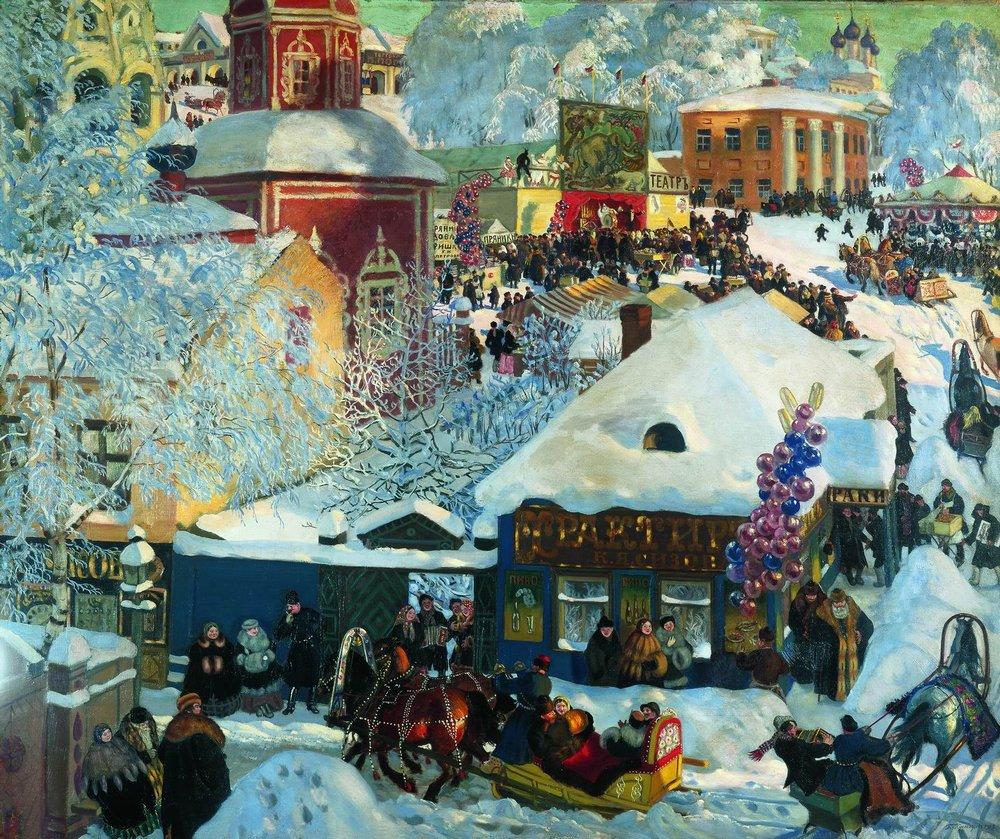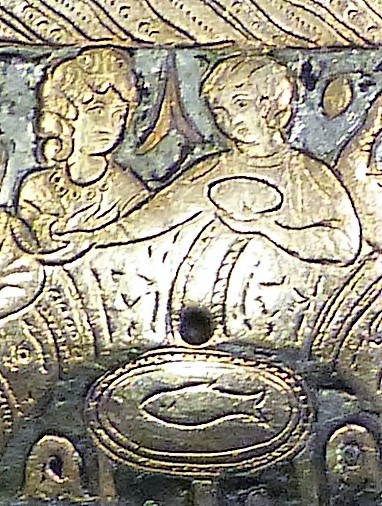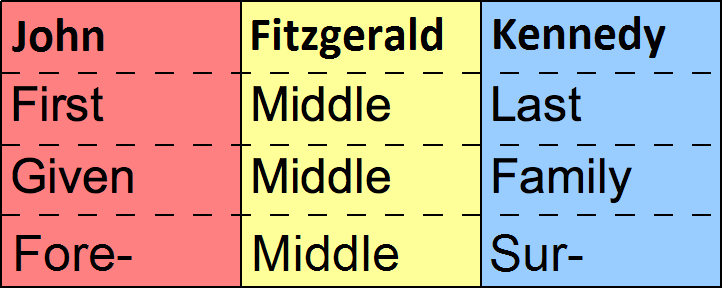|
Wife
A wife (: wives) is a woman in a marital relationship. A woman who has separated from her partner continues to be a wife until their marriage is legally dissolved with a divorce judgment; or until death, depending on the kind of marriage. On the death of her partner, a wife is referred to as a widow. The rights and obligations of a wife to her partner and her status in the community and law vary between cultures and have varied over time. Etymology The word is of Germanic origin from the Proto-Germanic word ''wībam'', which translates into "woman". In Middle English, it had the form ''wif'', and in Old English ''wīf'', "woman or wife". It is related to Modern German ''Weib'' (woman, female), Danish ''viv'' (wife, usually poetic), and Dutch ''wijf'' (woman, generally pejorative, cf. ''bitch''). The original meaning of the phrase "wife" as simply "woman", unconnected with marriage or a husband/wife, is preserved in words such as "midwife", "goodwife", " fishwife" and " sp ... [...More Info...] [...Related Items...] OR: [Wikipedia] [Google] [Baidu] |
Marital Relationship
Marriage, also called matrimony or wedlock, is a culturally and often legally recognised union between people called spouses. It establishes rights and obligations between them, as well as between them and their children (if any), and between them and their in-laws. It is nearly a cultural universal, but the definition of marriage varies between cultures and religions, and over time. Typically, it is an institution in which interpersonal relationships, usually sexual, are acknowledged or sanctioned. In some cultures, marriage is recommended or considered to be compulsory before pursuing sexual activity. A marriage ceremony is called a wedding, while a private marriage is sometimes called an elopement. Around the world, there has been a general trend towards ensuring equal rights for women and ending discrimination and harassment against couples who are interethnic, interracial, interfaith, interdenominational, interclass, intercommunity, transnational, and same ... [...More Info...] [...Related Items...] OR: [Wikipedia] [Google] [Baidu] |
Kustodiev Merchants Wife
Boris Mikhaylovich Kustodiev (; – 28 May 1927) was a Russian and later Soviet Painting, painter and stage designer. Early life Boris Kustodiev was born in Astrakhan into the family of a professor of philosophy, history of literature, and logic at the local theological seminary. His father died young, and all financial and material burdens fell on his mother's shoulders. The Kustodiev family rented a small wing in a rich merchant's house. It was there that the boy's first impressions were formed of the way of life of the provincial bourgeoisie, merchant class. The artist later wrote, "The whole tenor of the rich and plentiful merchant way of life was there right under my nose... It was like something out of an Alexander Ostrovsky, Ostrovsky play." The artist retained these childhood observations for years, recreating them later in oils and water-colours. Art studies Between 1893 and 1896, Kustodiev studied in theological seminary and took private art lessons in Astrakhan from ... [...More Info...] [...Related Items...] OR: [Wikipedia] [Google] [Baidu] |
Husband
A husband is a man involved in a marital relationship, commonly referred to as a spouse. The specific rights, responsibilities, and societal status attributed to a husband can vary significantly across different cultures and historical periods, reflecting a global perspective on this role. In many parts of the world, heterosexual monogamous marriage is the prevailing norm, where a husband and wife form the basic unit of a family. Legal systems in numerous countries enforce monogamy and prohibit bigamy and polygamy. Traditionally, husbands often held the position of being the head of the household and the primary provider, a role that was often considered Paternalism, paternalistic. However, the evolving dynamics of modern society have led to a shift in these roles. Today, a husband is not automatically designated as the sole breadwinner, especially when his spouse pursues a more financially rewarding career. This change reflects a global trend in the changing dynamics of Ge ... [...More Info...] [...Related Items...] OR: [Wikipedia] [Google] [Baidu] |
Divorce
Divorce (also known as dissolution of marriage) is the process of terminating a marriage or marital union. Divorce usually entails the canceling or reorganising of the legal duties and responsibilities of marriage, thus dissolving the Marriage, bonds of matrimony between a married couple under the rule of law of the particular country or state. It can be said to be a legal dissolution of a marriage by a court or other competent body. It is the legal process of ending a marriage. Divorce laws Divorce law by country, vary considerably around the world, but in most countries, divorce is a legal process that requires the sanction of a court or other authority, which may involve issues of distribution of property, child custody, alimony (spousal support), child visitation / access, parenting time, child support, and division of debt. In most countries, monogamy is required by law, so divorce allows each former partner to marry another person. Divorce is different from annulm ... [...More Info...] [...Related Items...] OR: [Wikipedia] [Google] [Baidu] |
Visual Markers Of Marital Status
Visual markers of marital status may include clothing, hairstyle, accessories, jewelry, tattoos, and other bodily adornments. The term comes from Sociology, where Visual Markers is taken to mean all perceivable signs or indicators, not just those visible to the eye. In Anthropology the term Cultural artefact has a similar meaning particular to symbolic objects; Wedding rings for example, are cultural artefacts. Visible Markers of Marital Status that are not "visible", such as expectations of behavior, are possible as well. Visible Markers might also include culturally exclusive privileges, roles, and responsibilities. For example, in the past, Morris Dancing was historically performed by married men. Marital status markers are often gender-specific. The Markers of Marital Status should be traditions which are perceivably unique, but this too isn't a necessity. For example, the bindi of South Asian origin is traditionally a symbol of married women; there is another symbol, th ... [...More Info...] [...Related Items...] OR: [Wikipedia] [Google] [Baidu] |
Goodwife
Goodwife ( Scots: ''Guidwife''), usually abbreviated Goody, was a polite form of address for women, formerly used as ''Mrs.'', ''Miss'' and ''Ms.'' are used today. Its male counterpart is Goodman. However, a woman addressed by this title was of a lesser social rank than a woman addressed as Mistress. ''Goodwife'' and ''Goody'' were used in England England is a Countries of the United Kingdom, country that is part of the United Kingdom. It is located on the island of Great Britain, of which it covers about 62%, and List of islands of England, more than 100 smaller adjacent islands. It ..., Scotland, and Colonial history of the United States, Colonial America, with the earliest known use circa 1325. By the mid-18th century they had become archaism, archaic outside Scotland, and they are perhaps best known today as the forms of address used in period literature, like Arthur Miller's historical fiction ''The Crucible''. The title also appears in the expression ''Goody Two- ... [...More Info...] [...Related Items...] OR: [Wikipedia] [Google] [Baidu] |
Fortune-telling
Fortune telling is the spiritual practice of predicting information about a person's life. Melton, J. Gordon. (2008). ''The Encyclopedia of Religious Phenomena''. Visible Ink Press. pp. 115–116. The scope of fortune telling is in principle identical with the practice of divination. The difference is that divination is the term used for predictions considered part of a religious ritual, invoking deities or spirits, while the term fortune telling implies a less serious or formal setting, even one of popular culture, where belief in occult workings behind the prediction is less prominent than the concept of suggestion, spiritual or practical advisory or affirmation. Historically, Pliny the Elder describes use of the crystal ball in the 1st century CE by soothsayers (''"crystallum orbis"'', later written in Medieval Latin by scribes as ''orbuculum''). Contemporary Western images of fortune telling grow out of folkloristic reception of Renaissance magic, specifically ass ... [...More Info...] [...Related Items...] OR: [Wikipedia] [Google] [Baidu] |
Surname
In many societies, a surname, family name, or last name is the mostly hereditary portion of one's personal name that indicates one's family. It is typically combined with a given name to form the full name of a person, although several given names and surnames are possible in the full name. In modern times most surnames are hereditary, although in most countries a person has a right to name change, change their name. Depending on culture, the surname may be placed either at the start of a person's name, or at the end. The number of surnames given to an individual also varies: in most cases it is just one, but in Portuguese-speaking countries and many Spanish-speaking countries, two surnames (one inherited from the mother and another from the father) are used for legal purposes. Depending on culture, not all members of a family unit are required to have identical surnames. In some countries, surnames are modified depending on gender and family membership status of a person. C ... [...More Info...] [...Related Items...] OR: [Wikipedia] [Google] [Baidu] |
Marital Status
Civil status, or marital status, are the distinct options that describe a person's relationship with a significant other. '' Married'', '' single'', '' divorced'', and ''widowed'' are examples of civil status. ''Civil status'' and ''marital status'' are terms used in forms, vital records, and other documents to ask or indicate whether a person is married or single. In the simplest contexts, no further distinction is made. A status of ''married'' means that a person was wed in a manner legally recognized by their jurisdiction. A person's specified civil status might also be ''married'' if they are in a civil union or common-law marriage. The civil status of a person who is legally separated is ''married''. Whether a cohabiting couple (such as in a domestic partnership) have a civil status of "married" depends on the circumstances and the jurisdiction. In addition to those who have never married, ''single'' status applies to people whose relationship with a significant other ... [...More Info...] [...Related Items...] OR: [Wikipedia] [Google] [Baidu] |
Western Culture
Western culture, also known as Western civilization, European civilization, Occidental culture, Western society, or simply the West, refers to the Cultural heritage, internally diverse culture of the Western world. The term "Western" encompasses the social norms, ethical values, Tradition, traditional customs, belief systems, political systems, Cultural artifact, artifacts and technology, technologies primarily rooted in History of Europe, European and History of the Mediterranean region, Mediterranean histories. A broad concept, "Western culture" does not relate to a region with fixed members or geographical confines. It generally refers to the classical era cultures of Ancient Greece and Ancient Rome that expanded across the Mediterranean basin and Europe, and later circulated around the world predominantly through colonization and globalization. Historically, scholars have closely associated the idea of Western culture with the classical era of Greco-Roman antiquity. Howeve ... [...More Info...] [...Related Items...] OR: [Wikipedia] [Google] [Baidu] |
Bride
A bride is a woman who is about to be married or who is a newlywed. When marrying, if the bride's future spouse is a man, he is usually referred to as the ''bridegroom'' or just ''groom''. In Western culture, a bride may be attended by a maid, bridesman and one or more bridesmaids. The word "bride" has its roots in the Old English word ''bryd'', which is shared with other Germanic languages. In Western countries, brides typically wear white wedding dresses, a tradition started by Queen Victoria. The white dress was once considered a symbol of luxury due to the difficulties in laundering delicate white clothing. Today, Western brides may wear white, cream, or ivory dresses, regardless of their number of marriages. In non-Western countries, brides often wear national dress, with white wedding dresses being uncommon in Asian cultures as it symbolizes mourning and death. Red, on the other hand, represents vibrancy and health and is commonly worn by brides in many Asian cultures. Br ... [...More Info...] [...Related Items...] OR: [Wikipedia] [Google] [Baidu] |
Wedding Ring
A wedding ring or wedding band is a finger ring that indicates that its wearer is married. It is usually forged from metal, traditionally gold or another precious metal. Rings were used in ancient Rome during marriage. In western culture, a wedding ring is typically worn on the base of the left ring finger. The ring finger is widely claimed to be associated with the traditional belief known as ''vena amoris'' ("vein of love"). History The Western traditions of wedding rings can be traced to ancient Rome and Ancient Greece, Greece, and were first associated with the marital dowry and later with a promise of fidelity. The modern exchange of rings derived from the customs of Europe in the Middle Ages as part of Christendom. Historical styles Gimmel rings During the 16th and 17th centuries, European husbands bestowed a gimmel ring upon their wives. Similar to the puzzle ring, the gimmel ring consisted of two interlocking bands. The bride and groom both wore one of these ban ... [...More Info...] [...Related Items...] OR: [Wikipedia] [Google] [Baidu] |







